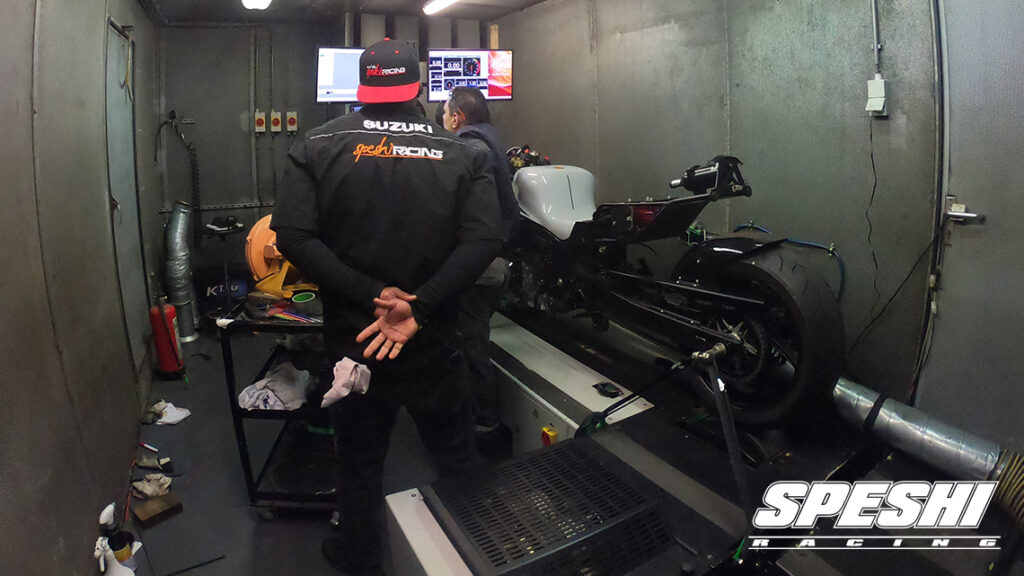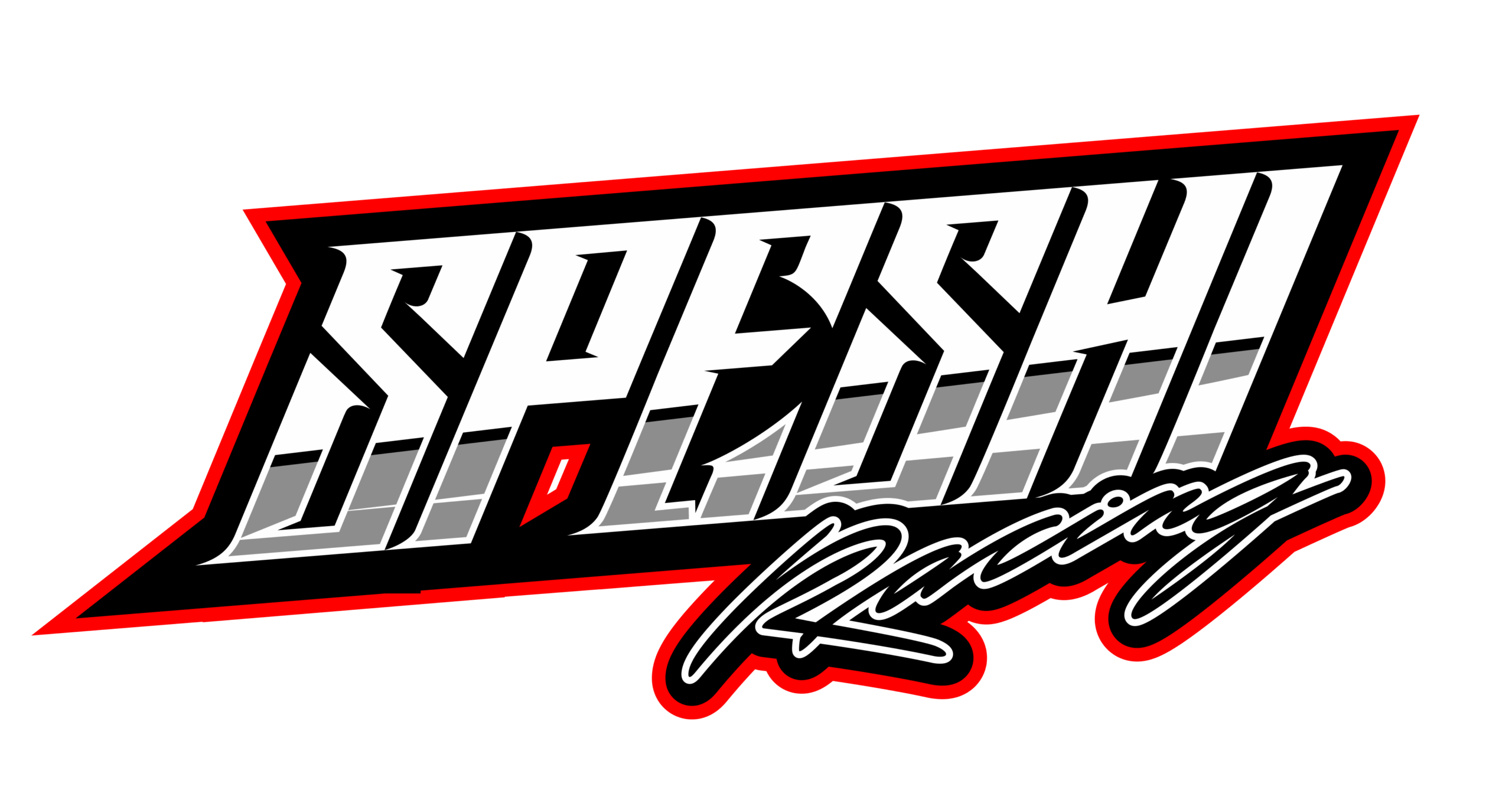This is it; the moment of truth; the Baseline Dyno Day for my rebuild Hayabusa Turbocharge.
WHAT IS DYNO TUNING?
There’s a lot going on an drag racing bike that can affect its performance and efficiency on the dragstrip. Being able to measure the production rate of these different parts and systems can allow for adjustments to be made that can increase a bike’s capabilities.
This is where dyno tuning comes in. Using a dynamometer, or dyno, to tune a vehicle helps measure things like engine horsepower, torque, and the mixture of air and fuel in the engine. As changes are made to a vehicle, you can see firsthand how the power of an engine is affected.

Reasons for Dyno Tuning
There are several reasons for using a dynamometer on a vehicle.
Being able to measure the performance and output of a bike helps the driver to tune the vehicle, giving it increased horsepower and torque.
It’s a good call to get dyno tuning done before adding performance work and upgrades to a vehicle as well. This is so you can maximize power but balance it out and still maintain efficiency. After modifications are made, a vehicle can then go back on the dyno to see what was gained.
Dyno tuning works by using the preferred settings of a vehicle and the systems to help enhance the performance to optimum levels. Some benefits of dyno tuning can include:
- Increased drivability after modifications
- Minimizing backfire
- Maximum power
- Stronger/faster acceleration
Another benefit is the possible prevention of maintenance and repairs. An engine that has been optimized for performance through dyno tuning will have stronger and faster acceleration. It won’t have to work as hard to accomplish the same performance, helping it to last longer.
